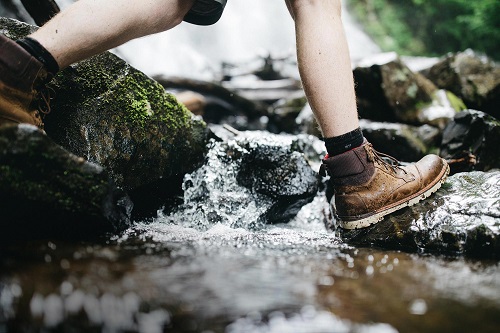13 December 2021
In previous articles, we’ve talked about the way that water management in modern tanneries aligns the UN’s Sustainable Development Goal on water. Most European tanneries had already various working methods in place that helped them reduce their water consumption. But on the whole, we can’t do without water so it’s all about how it is sourced, treated and returned.

Blue, green or gray water?
Water is sourced from various origins, and industrial applications very rarely use any of our drinking water. There are three types of water that can be sourced for the leather making process:
• Blue water – clean water drawn from service providers, rivers, lakes and groundwater
• Green water – rainwater or water collected through evaporation (not part of surface or groundwater)
• Gray water – water recovered from domestic use, containing mild pollutants (excluding sewage)
Mapping the sourcing of water is important to get an idea of the water impact of production. For example, a kilogram of beef uses 15 thousand liters of water to produce. Of this, on average, 93% is green, 4% blue and 3% grey (Mekonnen & Hoekstra, 2010). Sourcing varies wildly depending on which part of the world you are in and what the locally available resources are, and that says a lot about the sustainability of practices and their overall impact on the environment and human welfare.
Currently, there are at least 17 nations facing extreme water stress (Hofste et al, 2019) and the UN recognizes the urgency of efforts towards the water quality SDG. Yet, the SDGs form a network and efforts often have a knock-on effect. A good example are SDGs related to food production (SDG goal 2: Zero Hunger). Food production relies on agriculture and industrial processes, that need copious amounts of water. Efforts on one goal can negatively affect the other, which forms a significant challenge.
The water footprint of leather………..to read the rest of this article click on One 4 Leather – Water Stewardship
We bring leather, material and fashion businesses together: an opportunity to meet and greet face to face. We bring them from all parts of the world so that they can find fresh partners, discover new customers or suppliers and keep ahead of industry developments.
We organise a number of trade exhibitions which focus on fashion and lifestyle: sectors that are constantly in flux, so visitors and exhibitors alike need to be constantly aware both of the changes around them and those forecast for coming seasons.